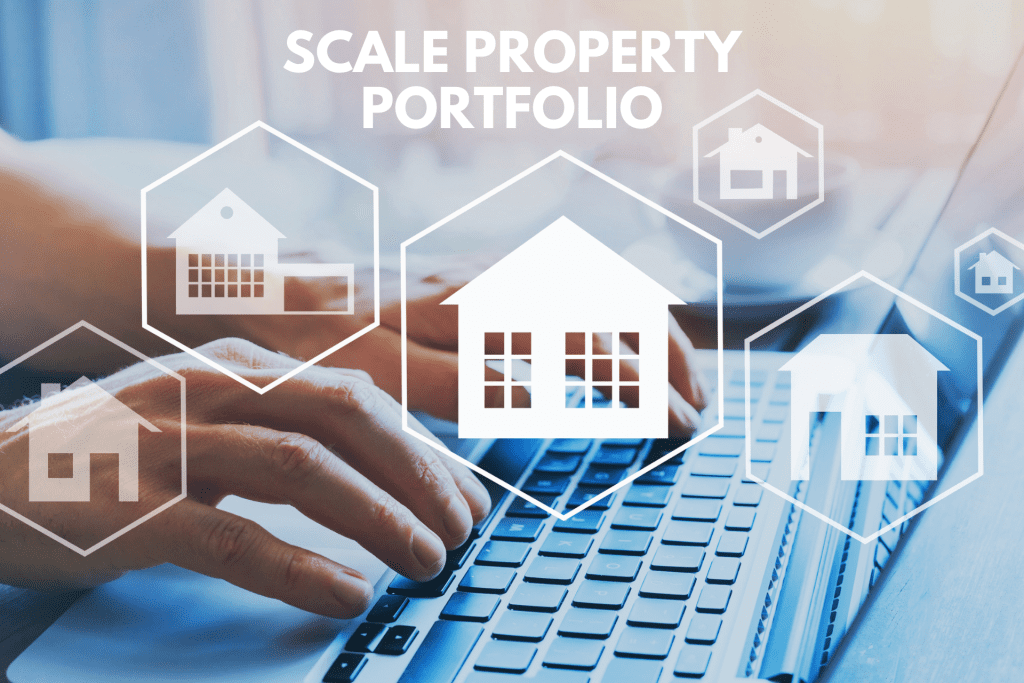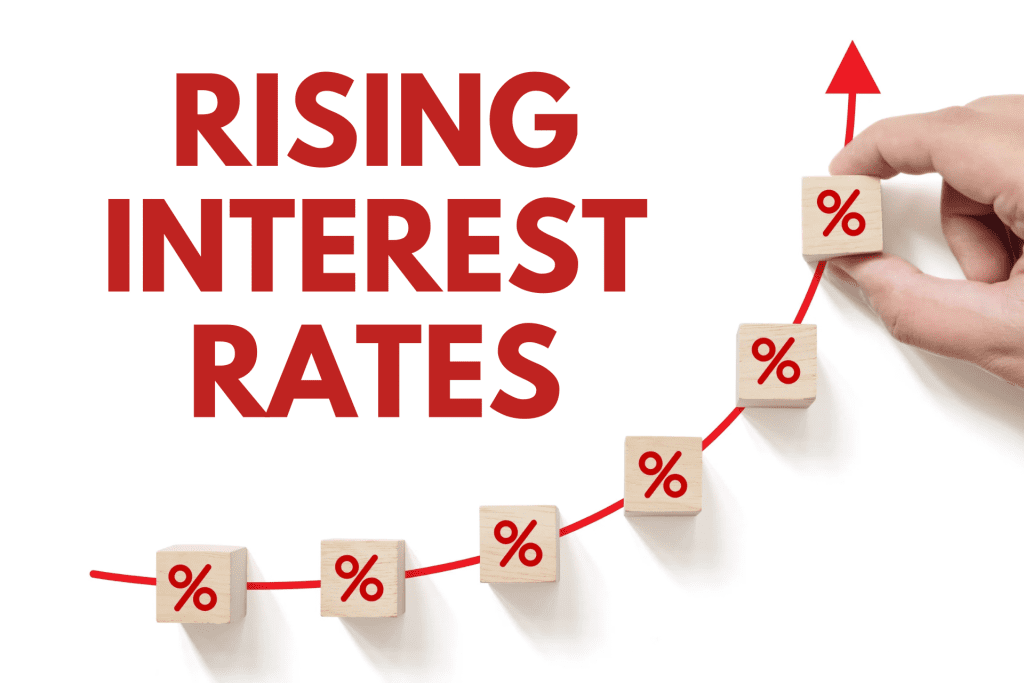
Investing in real estate has long been viewed as a dependable path to financial freedom and wealth accumulation. However, many investors in the Australian real estate market find it challenging to scale their property portfolios effectively. Despite having initial capital and motivation, various obstacles prevent them from expanding their investments. In this blog, we will delve into the reasons why some investors struggle to scale their property portfolios, and explore strategies to overcome these challenges.
Types of Investors: Passive vs. Active
Before diving into the challenges, it is essential to understand the two primary types of property investors: passive and active.
• Passive Investors
Passive investors typically purchase one or two high-value properties in prime locations and rely on the property’s long-term appreciation. They prefer a hands-off approach, waiting for the right time to sell or develop the property. This strategy often involves buying expensive properties in cities like Sydney or Melbourne and waiting for market conditions to improve significantly.
• Active Investors
Active investors, on the other hand, are more hands-on. They continuously work on their existing properties, seeking to maximize income through rentals and improved services. Active investors often look for multiple, relatively affordable properties in diverse locations to generate steady cash flow and capitalize on market opportunities
The Financial Dynamics: Expensive vs. Affordable Properties
The financial dynamics of investing in high-value versus multiple affordable properties are crucial in understanding why some investors cannot scale their portfolios.
High-Value Properties
Investing in a single high-value property, such as a $1 million house in a prime location, comes with significant financial burdens. While such properties might offer potential for substantial appreciation, they often provide lower rental yields relative to their purchase price. For instance, a $1 million property renting at $600 per week yields approximately 3.1% per annum. Moreover, the high entry cost and associated risks, such as tenant vacancy or economic downturns, can severely impact an investor’s financial stability.
Affordable Properties
Conversely, purchasing multiple affordable properties, each valued at around $400,000 to $500,000, can provide better cash flow and lower risk. For example, owning three $400,000 properties, each renting at $500 per week, can generate a combined rental income of $1,500 per week, equating to a rental yield of approximately 6.5% per annum. This strategy not only diversifies the investment portfolio but also makes it easier to secure financing, as banks are often more willing to approve loans for lower-valued properties.
Challenges in Scaling Property Portfolios
Several key challenges hinder investors from scaling their property portfolios in the Australian real estate market.
1. High Property Prices and Affordability Issues
The escalating cost of real estate in Australia is a significant barrier. According to CoreLogic’s Housing Market Update for June 2024, the national median dwelling value reached $794,000, reflecting a 8.0% increase over the past year. High property prices require substantial initial capital, limiting the ability to purchase multiple properties.
2. Stringent Lending Policies
The Australian Prudential Regulation Authority (APRA) has implemented stricter lending regulations to ensure financial stability. These include higher deposit requirements, lower loan-to-value ratios (LVRs), and increased scrutiny of borrowers’ financial situations. Such stringent lending policies make it challenging for investors to secure financing for additional properties.
3. Rising Interest Rates

Interest rates significantly impact property investments. The Reserve Bank of Australia (RBA) raised the official cash rateto 4.35% in June 2024, reflecting a series of rate hikes aimed at curbing inflation. Higher interest rates increase mortgage repayments, straining investors’ cash flow and reducing their ability to reinvest in new properties.
4. Limited Rental Yields
In some Australian markets, rental yields are relatively low compared to property prices. According to recent research, the national average gross rental yield for houses was 3-4% in June 2024. Low rental yields can affect an investor’s ability to cover mortgage repayments and other property-related expenses, limiting their capacity to scale.
5. Regulatory and Taxation Changes
Frequent updates to property-related regulations and tax policies can create uncertainty for investors. Recent changes, such as adjustments to negative gearing rules and capital gains tax (CGT) concessions, have altered the investment landscape. These changes can reduce the financial viability of property investments, making it harder for investors to expand their portfolios.
6. Economic and Market Uncertainty
Economic and market uncertainties, such as economic downturns, changes in government policies, and global events, can create volatility in the property market. The COVID-19 pandemic, for instance, led to significant fluctuations in property prices and rental demand, impacting investors’ ability to scale their portfolios.
7. Limited Market Knowledge and Expertise
A deep understanding of the market and the ability to make informed decisions are crucial for successful property investment. Some investors may lack the necessary knowledge and expertise to identify profitable opportunities and navigate market complexities, hindering their ability to scale their portfolios effectively.
Strategic Approaches for Scaling Property Portfolios
Despite these challenges, there are strategic approaches that investors can adopt to overcome barriers and successfully scale their property portfolios.
Diversification

Diversifying investments across different property types and locations can mitigate risks and enhance returns. By spreading investments across various markets, investors can reduce their exposure to local market fluctuations and capitalize on growth opportunities in different regions.
Leveraging Equity
Investors can leverage the equity in their existing properties to finance new purchases. This strategy involves using the increased value of current properties as collateral for additional loans, enabling investors to expand their portfolios without needing substantial upfront capital.
Partnering with Professionals
Having the right team is vital for active investors. Collaborating with experienced real estate agents, property managers, and financial advisors can provide valuable insights and guidance. For instance, at Cashflow Properties, Bharat has successfully built a portfolio generating over $150,000 in passive income from 30+ properties. His expertise and strategies can help other investors achieve similar success.
Focusing on Cash Flow
Prioritizing properties with strong rental yields and positive cash flow can enhance financial stability and support portfolio growth. Properties that generate consistent rental income can help investors cover expenses and reinvest profits into new acquisitions.
Staying Informed
Keeping up-to-date with market trends, regulatory changes, and economic developments is crucial for successful property investment. Investors should regularly research and analyze market data to make informed decisions and adapt their strategies to changing conditions.
Wrapping It Up
Scaling a property portfolio in the Australian real estate market presents various challenges, including high property prices, stringent lending policies, rising interest rates, limited rental yields, regulatory changes, economic uncertainty, and a lack of market knowledge. However, by adopting strategic approaches such as diversification, leveraging equity, partnering with professionals, focusing on cash flow, and staying informed, investors can overcome these barriers and achieve their investment goals. Understanding the complexities of the market and adapting to changing conditions are essential for successful property portfolio growth.

